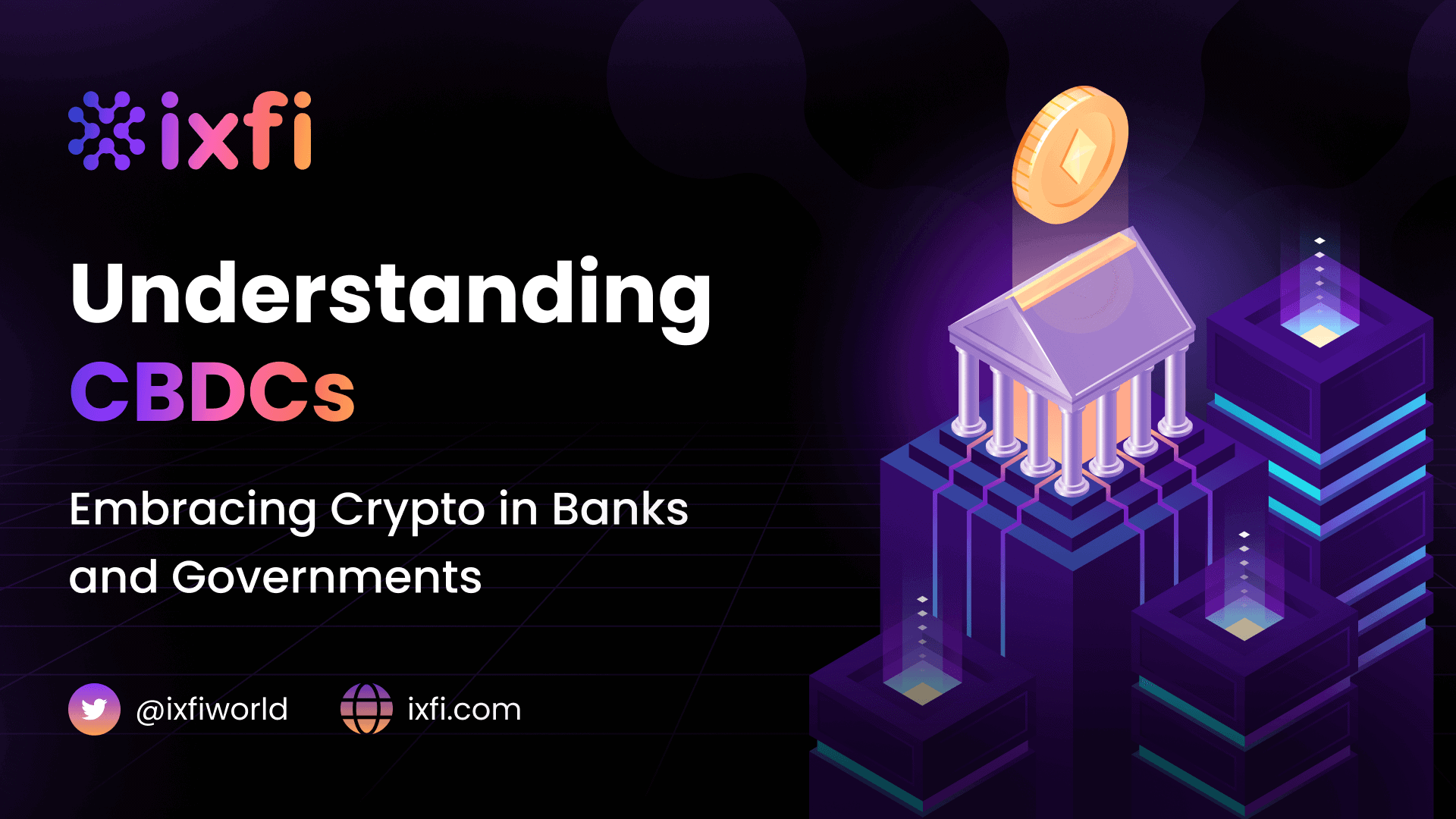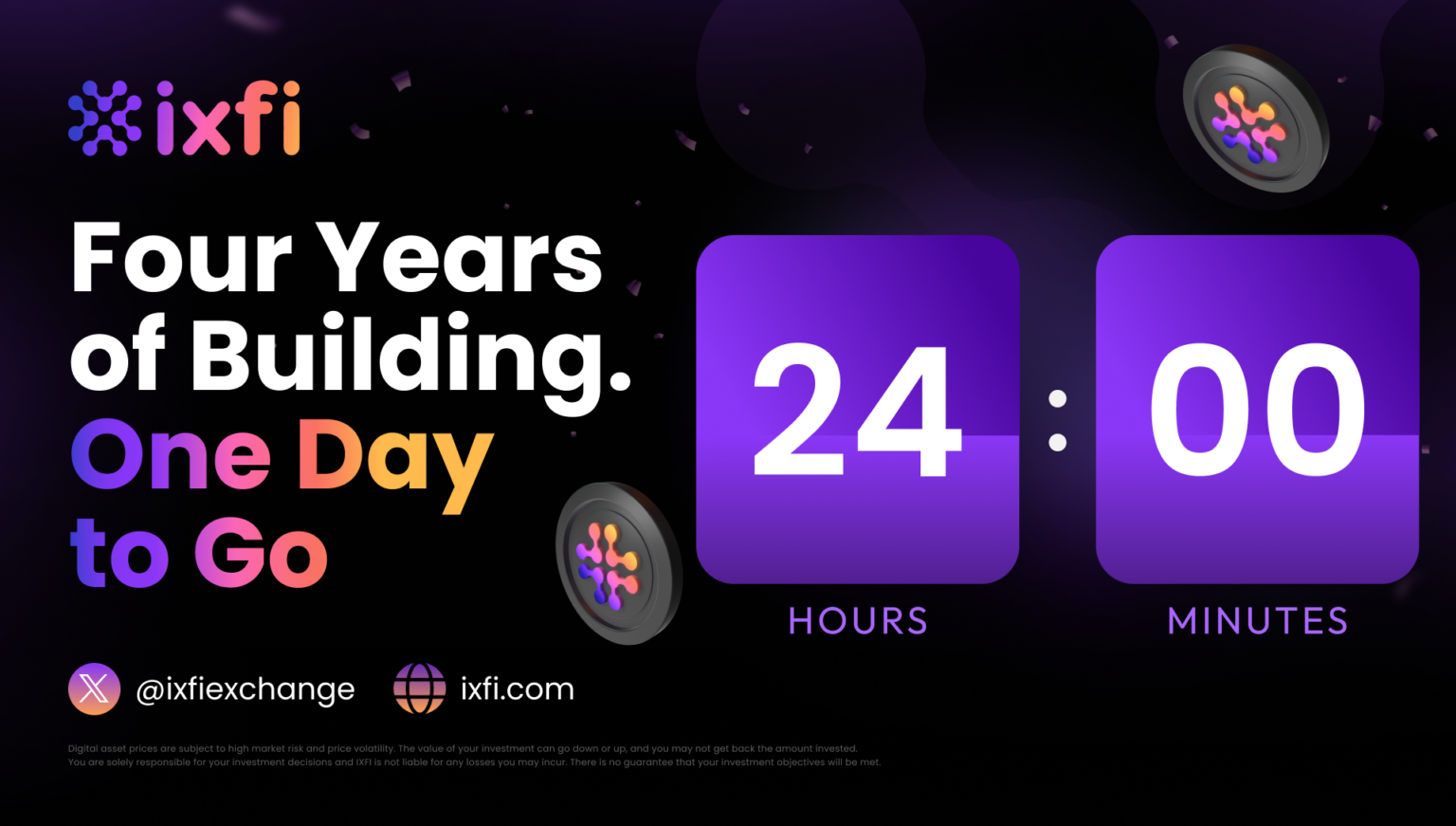On the 9th of March 2022, the President of The United States, Joe Biden, has signed an executive order for different governmental agencies to develop frameworks and proposals to improve regulation and responsible development of digital currencies.
The order includes an evaluation of the necessary infrastructure for CBDC issuance in the United States. Cryptocurrencies’ growth is an opportunity for the American people to affirm themselves in the new global financial system. Given the crypto chart waves that do not stop oscillating, central banks worldwide get to work and search for new ways to issue a digital coin that will work as legal tender.
We do not know how fast and how far these issues will reach, but we know that central banks build their capacity to capitalize on the newest technologies to get ready for what’s to come and stay in line with the trend. The main reason seems to be fighting other forms of digital money that are not backed by The Federal Reserve and which can be volatile, except Stablecoins. Central banks worldwide want to implement digital currencies for more safety, accessibility, and lower fees.
What are the challenges for CBDCs?
Central Bank Digital Currencies (or CBDCs) promise to meet some essential qualities, like governmental payments directed to citizens, frictionless payments, new payment systems, and a series of new financial instruments and monetary policy levers. Everything seems in order, but what are the technical impediments?
Objectives are challenging, and there are multiple projecting questions:
Will the CBDC require a new infrastructure?
Can a simple financial architecture support the modular projection of security?Will it be flexible enough?
Does the CBDC offer privacy and transparency?
A CBDC will need to provide privacy and transparency, protection being an essential subject in the financial world — and traditional cryptocurrencies are known for their safety, delivered by Blockchain technology.
What about technical design considerations?
It’s essential to think about how these currencies will be projected. At the moment, two significant probabilities come as answers:
· Direct CBDC: In this case, the accounts are directly opened at the central bank — the one in control of the accounting register, executing all the payments like a regular bank.
· Hybrid CBDC: The accounts represent debt to the central bank’s registry, but private third parties handle payments.
The main difference between the direct and the hybrid models is that the central banks keep a centralized registry of all transactions. Current projections tend towards a hybrid model because banks do not want to become payment providers. But how safe will digital coins become if they go through the private sector, and how about safety and privacy when these accounts could be accessed by employees from customer service?
At the same time, to ensure financial inclusion, a particular country’s CBDC must be accepted as legal tender everywhere, just as cash works nowadays, and questions regarding diverse technologies that are required remain open. Therefore, we get to talk about the equilibrium between projection and policies.
On both fronts, CBDCs require prudent planning to satisfy political objectives like financial inclusion and the development of new legal frameworks and regulations.
What measures are being taken?
In countries where Central Bank Digital Currencies already exist, like China or the Bahamas, limits on CBDC detention were imposed in order to not affect bank deposits and not encourage transfers from these deposits to CBDC accounts. Such limitations should also help control illegal cash flows. Smaller transfers are allowed if money laundering or terrorism financing risk is very low — and this would represent an advantage for financial inclusion. At the same time, transactions and more considerable ownership demand stricter rules.
In conclusion, the history of money begins a new chapter. Countries try to keep important aspects of their monetary and financial policies and, at the same time, experiment with new forms of digital money.
If you, too, are a forward-thinker when it comes to technology and finance, it’s time to take your financial future into your own hands. Register on IXFI and start your unique journey as a crypto trader. Your Friendly Crypto Exchange is here to help you every step of the way.
Disclaimer: The content of this article is not investment advice and does not constitute an offer or solicitation to offer or recommendation of any investment product. It is for general purposes only and does not take into account your individual needs, investment objectives and specific financial and fiscal circumstances.
Although the material contained in this article was prepared based on information from public and private sources that IXFI believes to be reliable, no representation, warranty or undertaking, stated or implied, is given as to the accuracy of the information contained herein, and IXFI expressly disclaims any liability for the accuracy and completeness of the information contained in this article.
Investment involves risk; any ideas or strategies discussed herein should therefore not be undertaken by any individual without prior consultation with a financial professional for the purpose of assessing whether the ideas or strategies that are discussed are suitable to you based on your own personal financial and fiscal objectives, needs and risk tolerance. IXFI expressly disclaims any liability or loss incurred by any person who acts on the information, ideas or strategies discussed herein.



